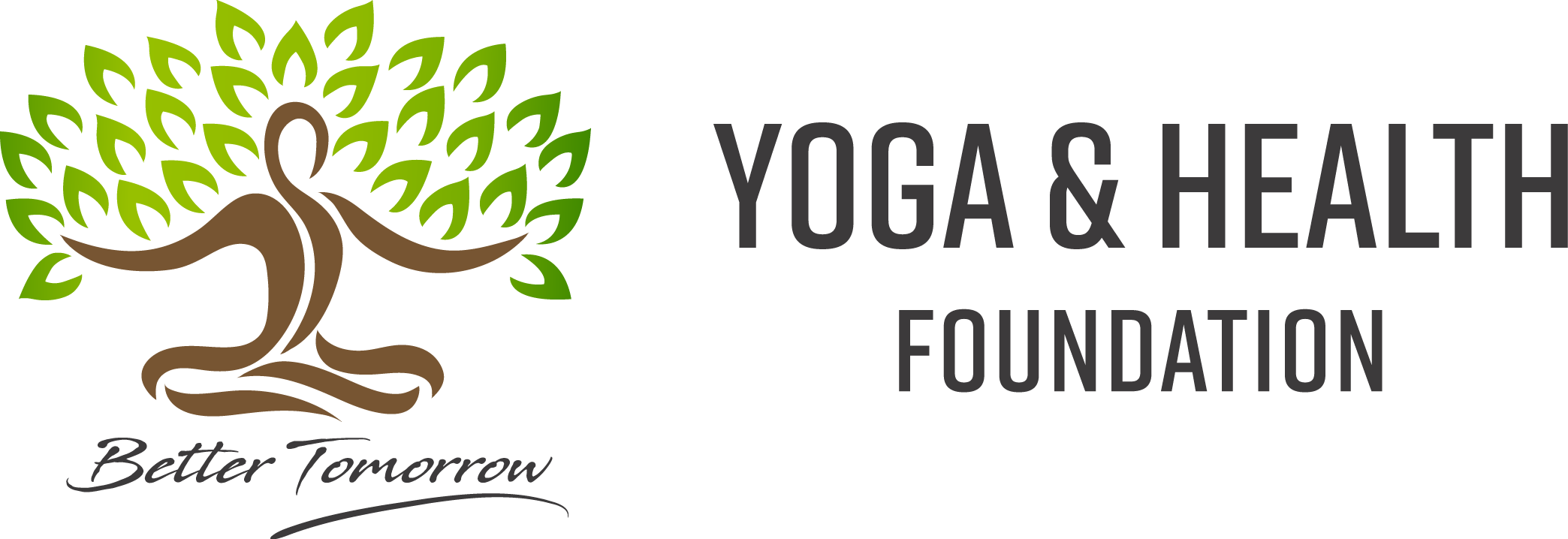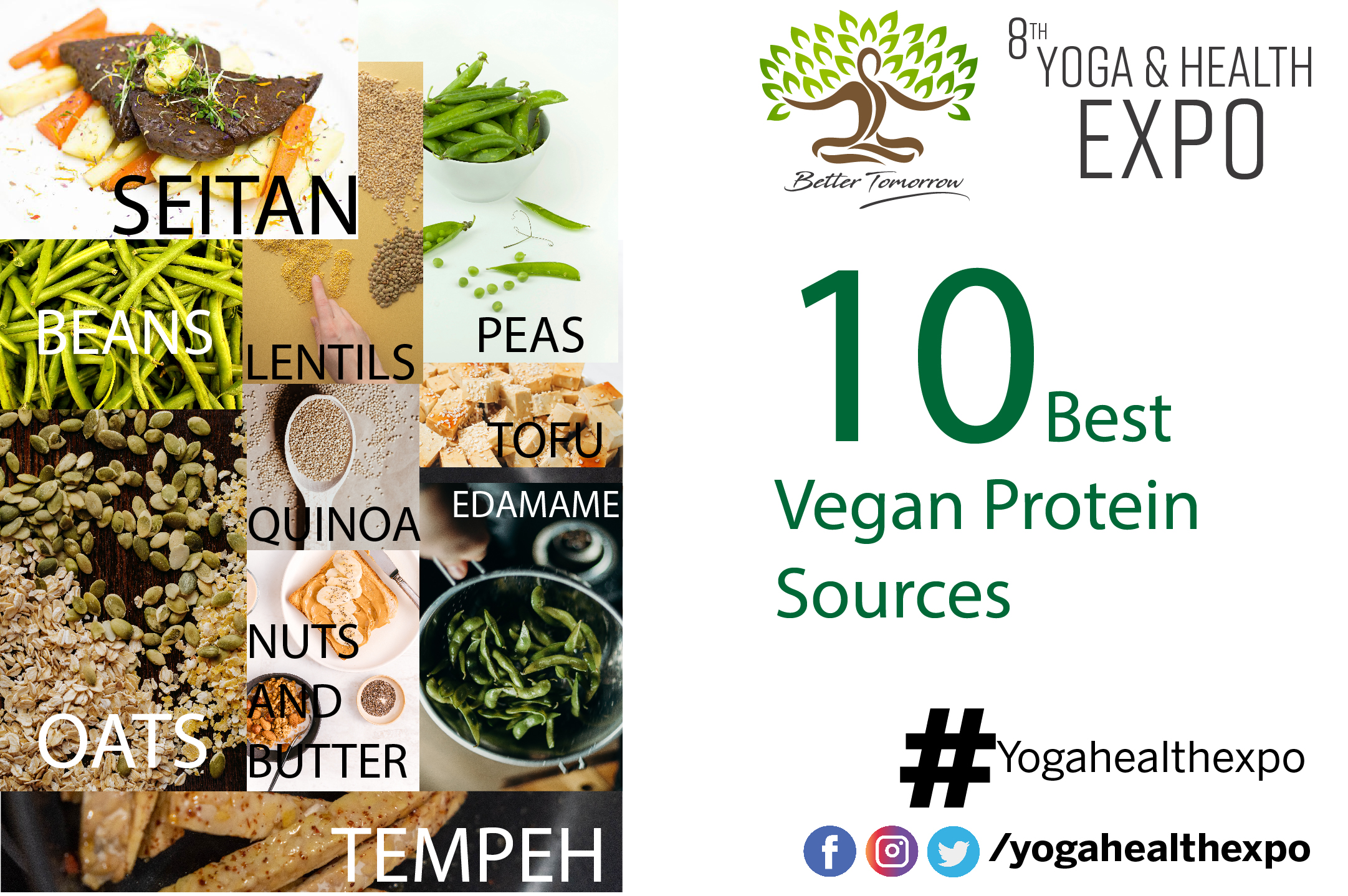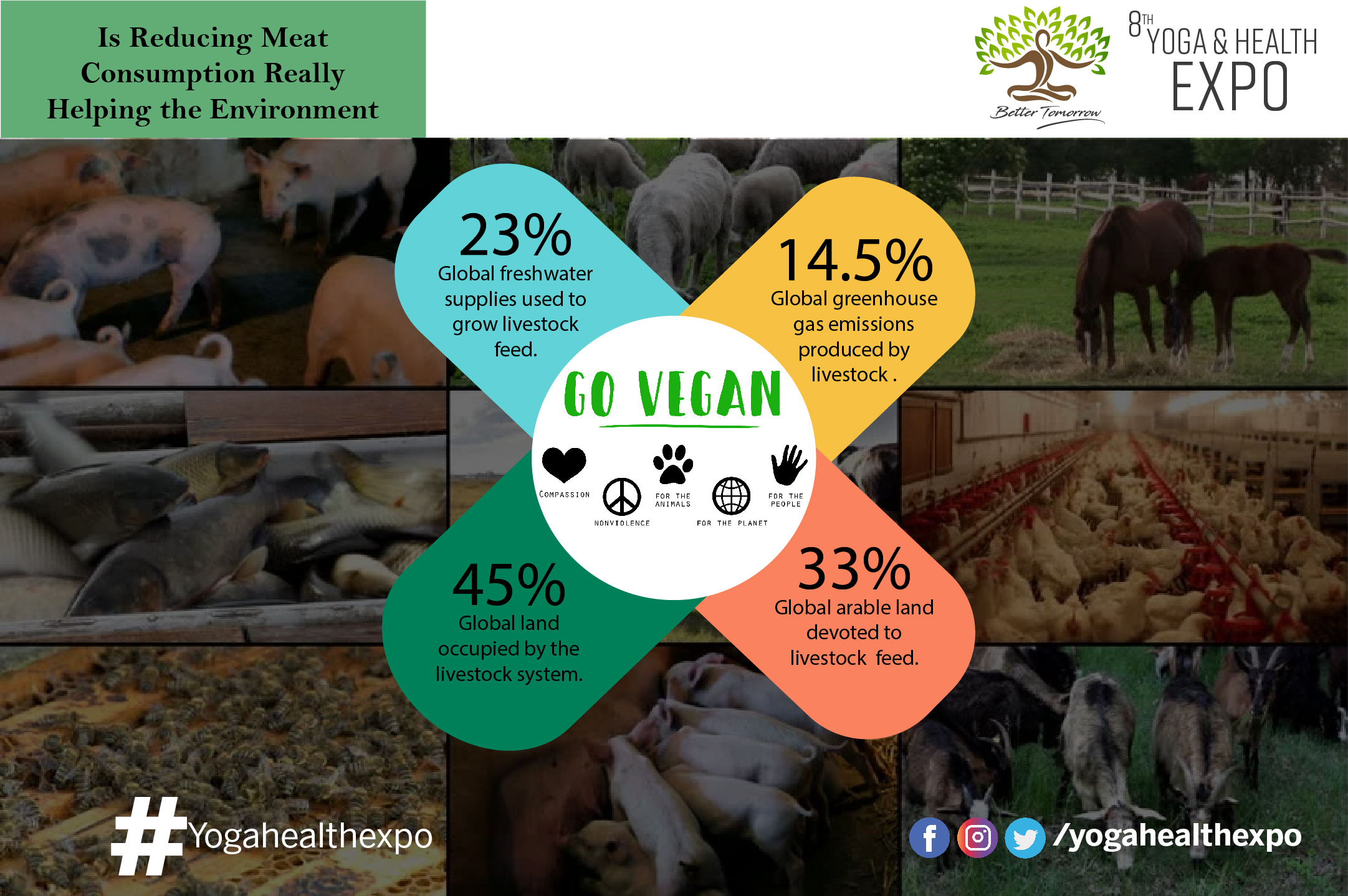10 Best Vegan Protein Sources
Gone are the days when only meat was a good source of protein. Plant-based proteins are just as nutritious and are even concluded to lower chronic illnesses! Variety is key to a well-planned vegan diet and eating a combination of these 10 vegan protein sources can easily provide your body…


